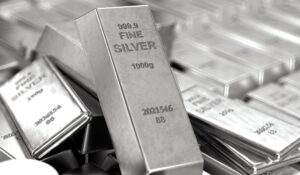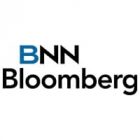It may have been a rough start to the year, but the price of nickel on the LME has come storming back, hitting a seven-year high of $20,225 per tonne. What’s behind the surge? A potent mix of Chinese demand, tight supply, and a growing short squeeze playing out in Shanghai.
Earlier this year, as I’ve previously written about for The Northern Miner, Chinese metals giant Tsingshan shook the market by announcing plans to supply matte nickel from its Indonesian operations to battery producers. The result was that prices fell.
However, the Shanghai Futures Exchange (ShFE) has seen prices blast past their 2020 highs, fueled by an intense short squeeze that’s been building for months and is still going strong.
Inventory on the ShFE is very low. At the end of August, exchange stocks were just 4,455 tonnes—the lowest since the contract’s start in 2015. While there’s been a bit of bump since then, levels remain far below what the market needs – hence a big squeeze on those going short.
Part of the issue is supply bottlenecks. As reported by Reuters, domestic refined nickel production in China has fallen 16% compared to last year and one major producer, Jilin Jien Nickel, is even shifting from nickel cathode to nickel sulphate, a more lucrative option but one that can’t be delivered against the ShFE contract. Meanwhile, China has been pulling in refined nickel at a frantic pace. Imports of nickel metal jumped 48% year-on-year in the first seven months of 2021, with July marking the strongest month since mid-2019. Imports of Norwegian nickel, deliverable against the Shanghai contract, have also surged. Still, it’s not enough to offset falling Russian supply—imports of nickel from Russia dropped by more than 50% compared to last year.
Unsurprisingly, the China issue is spilling over to the LME where inventory has dropped sharply—from 264,000 tonnes in April to just over 181,000 tonnes. A significant chunk of that is already earmarked for physical withdrawal. And so the result is a squeeze on the LME’s own front-month contracts. Earlier this month, the premium for near-term delivery spiked to $100 per tonne, the highest since 2019. Though it’s since pulled back, the tension in the time-spread market is likely to continue. At the heart of it all, demand—especially from China—has been riding high with.
Imports of raw nickel feedstocks for stainless production—including ferronickel and nickel pig iron—have also spiked. Imports of nickel matte are up 73%, while intermediate products jumped 48%. But perhaps the clearest signal of changing dynamics is the explosion in nickel sulphate imports, which are used in batteries. That number has soared to 23,500 tonnes so far this year, up from just 2,700 tonnes in the same period last year.
Tsingshan’s February announcement sent many investors running for the exits but I suggested at the time that the Tsingshan move would not solve the near term demand. Yes, there’s still uncertainty about how Indonesia’s shift from stainless to battery-grade nickel will play out. But for now, demand—both for EVs and old-school stainless steel—is winning out.
Anthony Milewski
Chairman, Nickel 28 Capital




















